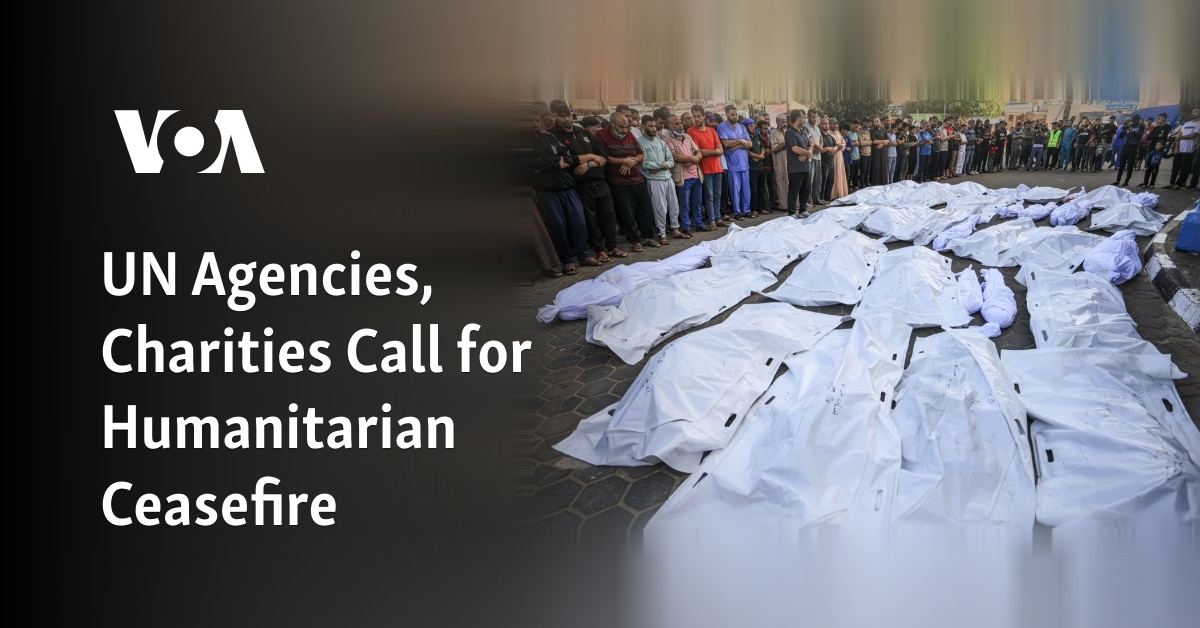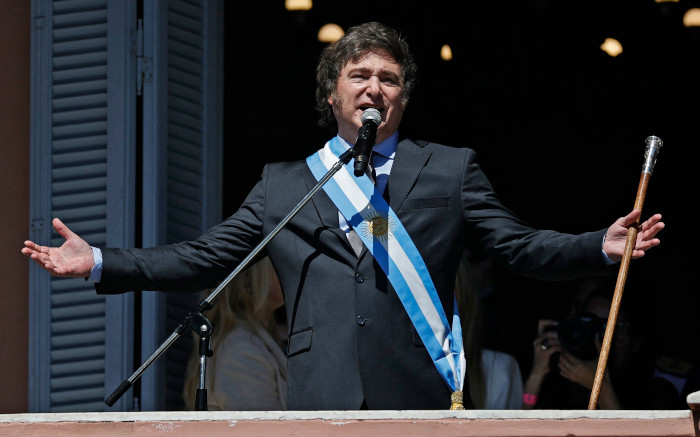
The Arakan Army (AA), an ethnic armed group in Myanmar, said it took control of a strategic western commercial city this week, dealing a blow to the military government and adding to another list of attacks on the country recent army defeats in the country’s ongoing civil war.
The town of Paletwa lies near the India-Bangladesh border and is part of a multimillion-dollar seaport project that could soon connect India with Myanmar.
“There is no longer a single military council camp in the entire Paletwa area,” an AA spokesman posted on social media.
Myanmar’s military government has faced a swarm of resistance fighters since 2021, when it wrested power from an elected government.
The Three Brotherhood Coalition, or 3BHA, a coalition of armed groups including the AA, has launched surprise offensives and claims to have captured 100 military sites since October.
Here’s what we know about the group:
#AA 🎉explained #PaletwaVictory! Paletwa conquers the last “Hnamadar” and “Khan Kha Taung”. #SAC_free. “Mee Wa” was confiscated after nearly two years of attacks. Today Paletwa is controlled by the AA. Salute the Arakkha soldiers for their courage, obedience and smooth cooperation. #3BHA#Operation1027 pic.twitter.com/IaCnenjHUa
— Operation 1027-3BHA (@operation1027) January 14, 2024
Who forms the alliance?
The Three Brotherhood Alliance consists of ethnic rebel groups: the Arakan Army, the Myanmar National Democratic Alliance Army (MNDAA) and the Ta’ang National Liberation Army (TNLA) and has about 15,000 fighters.
- Arakan Army: The Arakan Army, founded in 2009, is estimated to number around 30,000 soldiers. It claims to be fighting to restore the sovereignty of the multi-ethnic Arakanese. The group has recruited troops from the Rohingya, an ethnic minority living in Rakhine that has been the subject of brutal repression and a possible genocidal campaign by the Tatmadaw – Myanmar’s armed forces. The Tatmadaw bans the AA as a “terror” group.
- Myanmar National Democratic Alliance (MNDAA) Army: The MNDAA operates near the Chinese border in northern Shan State. The group claims to be fighting for the autonomy of the Kokang people, a Han-speaking ethnic group. MNDAA controlled Shan for about 20 years as a special region of Myanmar where drug trafficking boomed. Armed conflict between the group and the Tatmadaw erupted in 2009 after it was asked to become a border force and give up control. MNDAA is trying to recapture Laukkaing, a key northern trading town that it lost in the 2009 conflict.
- From the National Liberation Army (TNLA): The TNLA leads a smaller insurgency and is the armed wing of the Palaung Self Liberation Front, a political organization founded by Tar Aik Bong and Tar Bone Kyaw, both former rebel fighters from the fringe Ta’ang minority group. Its last incarnation was founded in 1992 and claims to fight for “real federalism” in Myanmar. The TNLA claims to have 5,000 fighters, although it has been linked to forced recruitment campaigns in rural villages.
What is the alliance’s military record?
The three ethnic armed groups merged in 2019. Initially, the alliance focused on attacks on military troops in MNDAA and AA strongholds in Shan and Rakhine states.
After the military seized power on February 1, 2021 and the crackdown that followed, the alliance released a statement condemning the killing of hundreds of pro-democracy protesters.
Since then, the alliance has launched several attacks, sometimes in alliance with the People’s Defense Forces (PDF). The PDF is a group of loosely structured resistance cells that function as the armed wing of the Government of National Unity, the parallel government-in-exile made up of elected leaders who were deposed in Coup 2021. The NUG enjoys widespread support in Myanmar and is recognized by the European Union. The company also has representative offices in the United States, the United Kingdom and South Korea.
The 3BHA recorded some successes against the Tatmadaw in 2021, including in December when it forced government troops to withdraw from the city of Namphan, an MNDAA stronghold.
However, its biggest victories came in 2023. On October 27, around 10,000 alliance fighters launched coordinated, large-scale attacks on military, police and government-allied militia sites across Shan State. More than 100 military posts fell as military government soldiers withdrew, leaving behind heavy weapons and significant ammunition.
Chin Shwe Haw and Mongko, large cities on the border with China, have fallen victim to the alliance. The group claims to have captured the villages of Hpawng Hseng, Pang Hseng and Hsenwi. Lashio, the largest city in Shan, was attacked by rebels, while bridges and highways linking Myanmar to China were destroyed.
The ongoing offensive is called “Operation 1027” after its start date.
Can the alliance overthrow military rule in Myanmar?
Myanmar’s military government now faces multiple battlefronts as other resistance forces seize the early gains of Operation 1027.
In one incident in November, government soldiers raised white flags, surrendered Kawlin township, a district capital in central Myanmar, and allowed PDF forces to take power. It was the army’s first defeat in a capital district and also the first success for resistance groups, which had previously been largely confined to border areas in central Myanmar.
But the Tatmadaw still has control of the majority of its military bases and is in no danger of being toppled. The military government also responded with force to the rebels, launching airstrikes, sending in ground troops and inflicting heavy casualties on some of the newly formed resistance cells. Thousands of civilians were forced from their homes or, worse, caught in the crossfire.
Still, the armed coalition’s recent successes and its presence on social media could damage the Tatmadaw’s reputation. It has already given a boost to opposition groups such as the NUG, which has praised the alliance and even claims to have established governance in some areas overtaken by the PDF.
Some experts claim that the alliance is supported by China due to the scale of Operation 1027. However, Beijing has in the past negotiated peace deals between the military government and groups operating on the Chinese border, such as MNDAA, as fighting has affected trade and forced thousands of refugees into Yunnan province.
At the latest peace talks brokered by Beijing on January 12, a government spokesman raised the possibility of a ceasefire with the alliance.
Four days later, it is clear that the fighting has not stopped.






Recent Comments